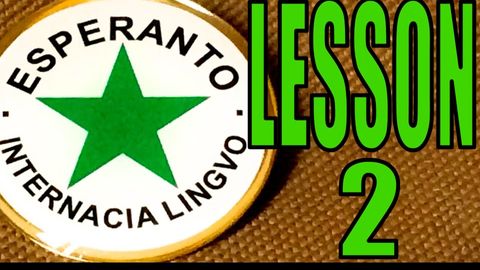
字幕與單字
世界語第2課: 名詞、形容詞、複數和文章 (Esperanto lesson 2: Nouns, adjectives, plurals, and articles)
00
Hebe Ya 發佈於 2021 年 01 月 14 日收藏
影片單字
English
US /ˈɪŋɡlɪʃ/
・
UK /ˈɪŋglɪʃ/
- n. (u.)英語
- prop. n.<名字>
- adj.英國 (人)的
- n.英國人;英文翻譯;英語課程;英格蘭風格
- v.t.翻譯成英語
A1 初級初級英檢
更多 使用能量
解鎖所有單字
解鎖發音、解釋及篩選功能
